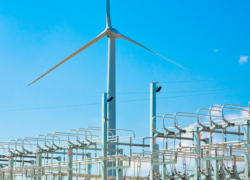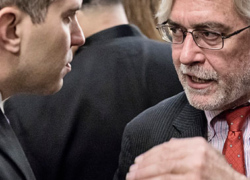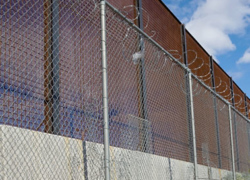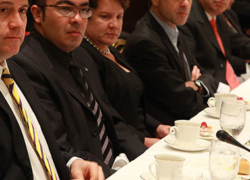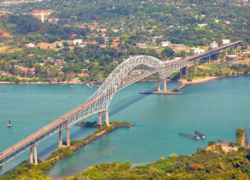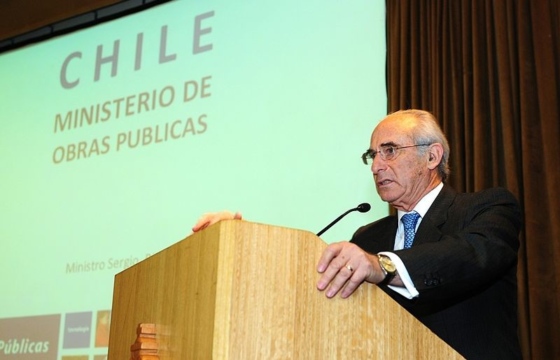The ongoing and unprecedented speed of global change demands a new responsibility from Latin American countries: if they are to govern more effectively they must anticipate change and think in the long term.
Across all policy areas—economic, social, technological, political, military, climate change, and immigration—global transformations are increasingly affecting the well-being of nations. Success will come to those best able to prepare for and design long-term strategies. The same holds true for international policy and, in particular, for future relations with the United States.
President Barack Obama’s 2011 visit to Brazil, Chile and El Salvador generated both favorable and critical reactions that did not, in my view, adequately capture the magnitude of the changes underway that will shape the future. Nor did they correctly reflect the type of relations between the United States and Latin America that could characterize the coming decade.
This paper discusses four distinct issues: the new global reality that will frame US-Latin America relations; the new approach that could emerge in the United States; the possible paths for Latin America; and, potential areas of collaboration between the United States and Latin America.
 Video
Video



